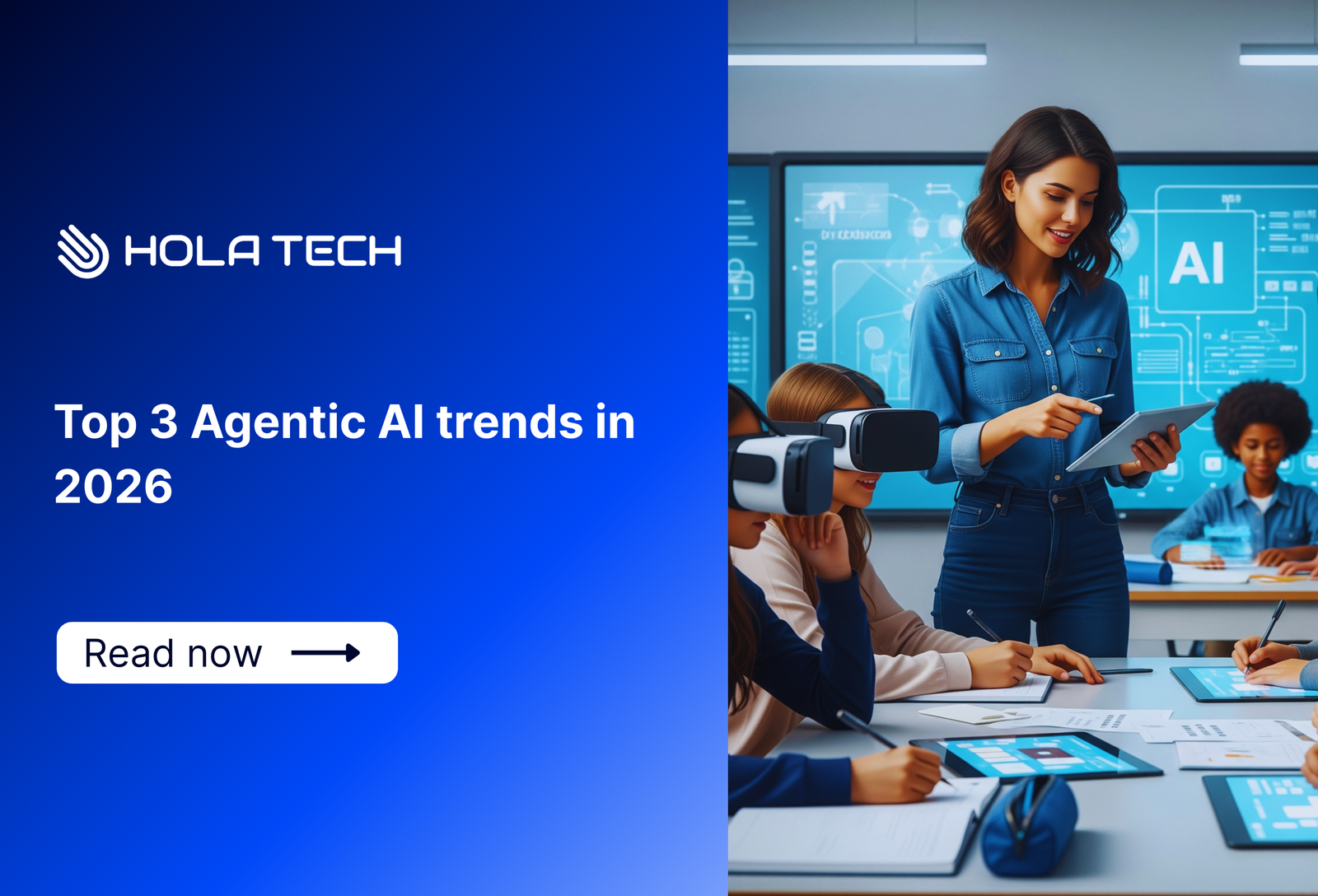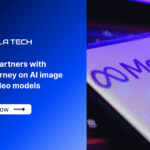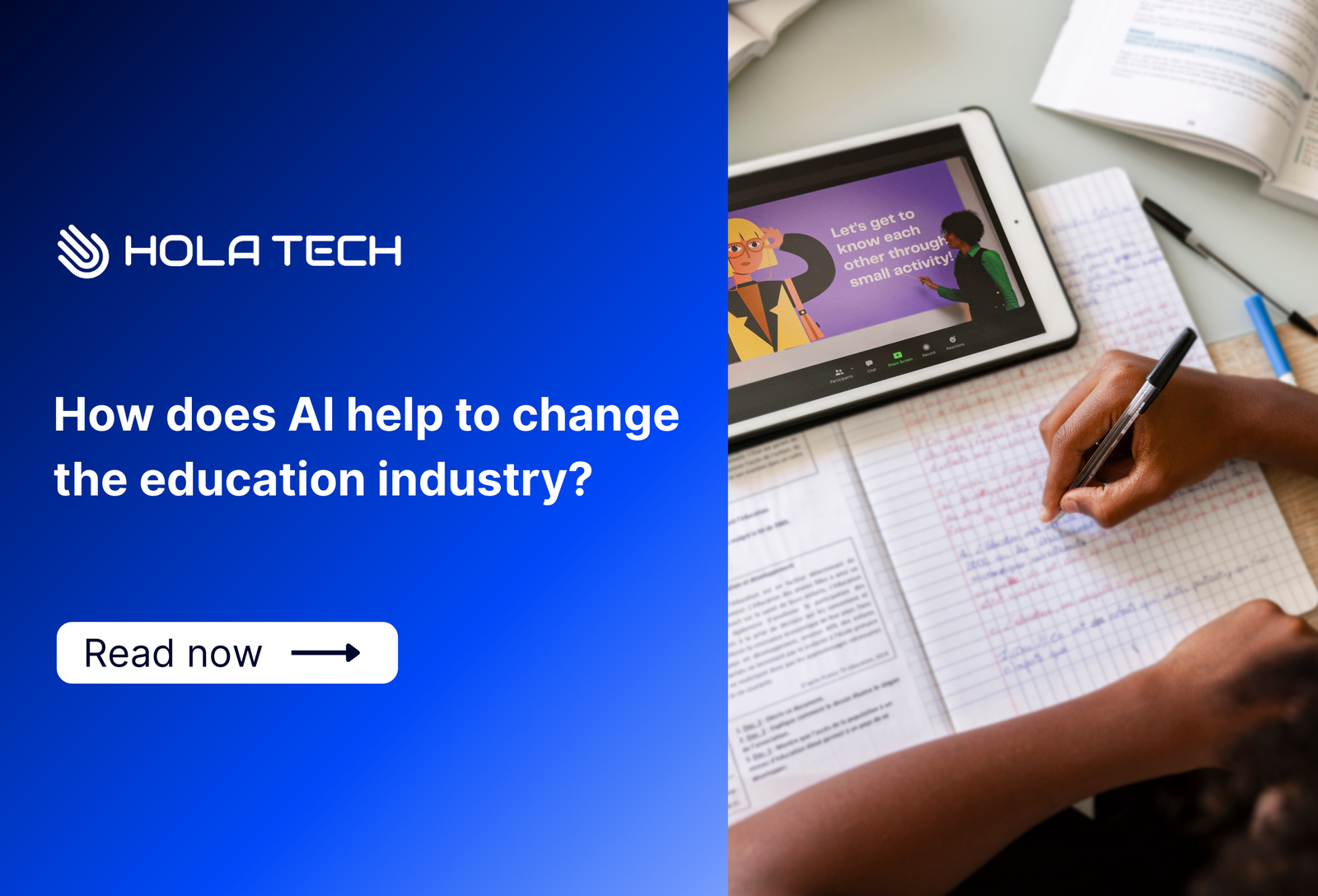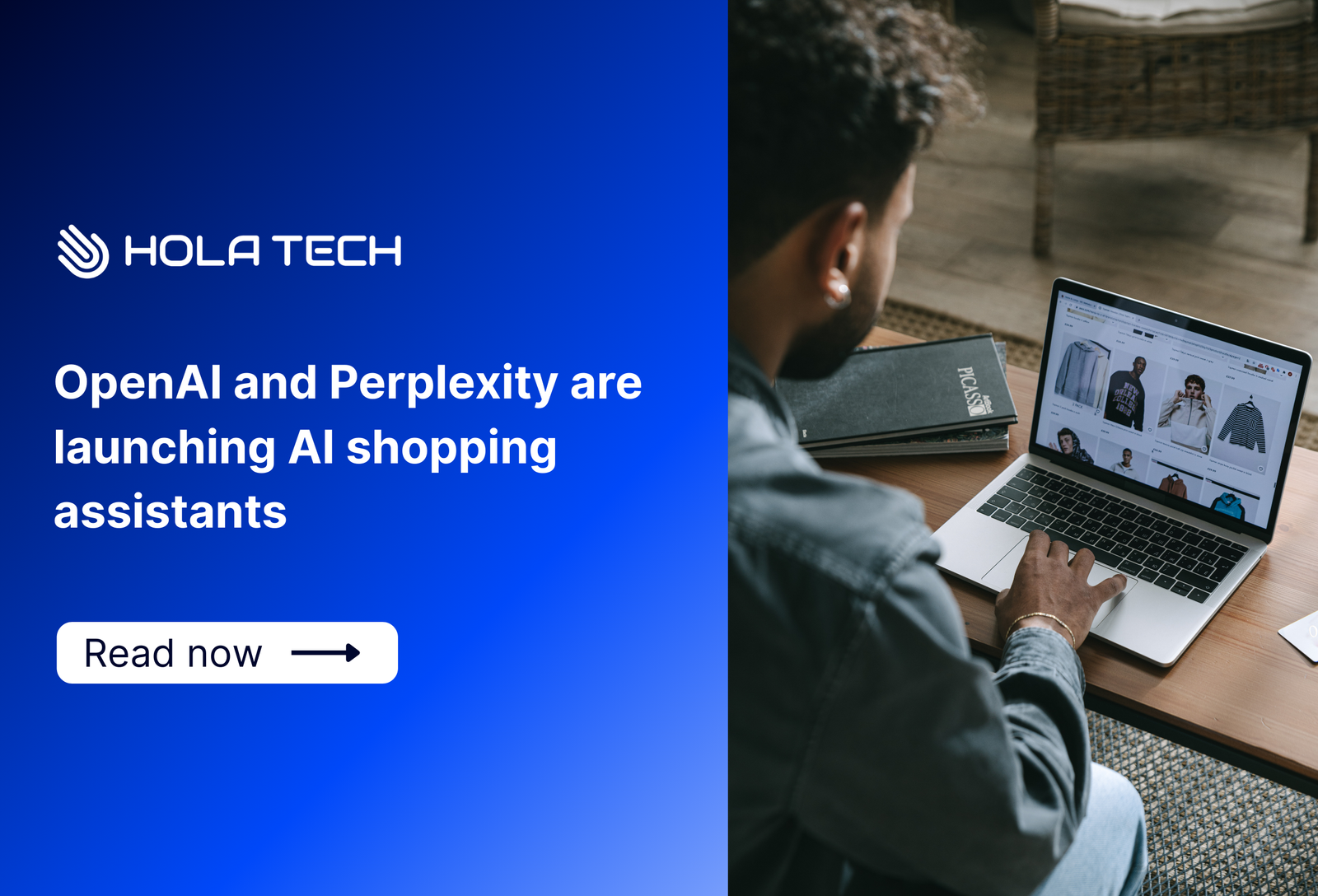- Tracy
- Agentic, ai, Technology
- 0 Comments
- 13309 Views
Top 3 Agentic AI trends in 2026
1/ Key takeaways
Agentic AI is moving from pilot programs to full-scale production in 2026, driven by an increased availability of out-of-the-box solutions and a greater willingness from large organizations to adopt the technology. This shift will require a new focus on robust governance frameworks and the upskilling of employees for new roles that manage and oversee these autonomous systems.
2/ Top 3 Agentic AI trends in 2026
2.1. What’s Agentic AI
Agentic AI is an advanced type of artificial intelligence that goes beyond simple task automation. It refers to autonomous, smart systems that can adapt to different situations, make complex decisions, and collaborate with both humans and other AI. Think of it as AI that doesn’t just follow a single command, but can manage entire, multi-step processes on its own, like optimizing a supply chain or managing customer service requests from start to finish. This technology is set to significantly improve efficiency and free up human talent for more strategic, high-value work.
Among the many potential applications for agentic AI are:
– Customer service: AI agents can triage and resolve support tickets, escalating only the most complex cases to humans.
– Supply chains: Agents can autonomously optimize inventory, logistics, and procurement in real time.
– Finance: Automated portfolio management, fraud detection, and regulatory compliance monitoring can be handled by AI agents.

2.2. First trend: Scaling pilots to full-blown production
In 2025, many organizations dabbled in agentic AI with small-scale pilot projects. In 2026, the focus will shift from experimentation to widespread adoption. Larger enterprises, with the necessary capital and technical talent, will lead the charge in scaling these pilots into full production environments. This trend is fueled by the emergence of “out-of-the-box” agentic solutions designed for common business use cases. The transition will be marked by a move from simple task automation to a holistic, agent-driven approach that optimizes entire workflows and unlocks new business models.
2.3. Second trend: A hyper-focus on governance and compliance
The autonomous nature of agentic AI introduces a new set of risks and ethical considerations. As these systems move from controlled pilots to live business operations, organizations will be forced to prioritize and implement robust governance frameworks.
In 2026, we’ll see a surge in demand for solutions that provide:
– Explainability: The ability to trace and understand the decision-making process of an AI agent.
– Bias mitigation: Mechanisms to detect and correct for bias in agent behavior and data inputs.
– Accountability: Clear guidelines on who is responsible for an agent’s actions, especially when a mistake occurs.
This trend isn’t just about avoiding legal penalties; it’s about building trust. Businesses that can demonstrate a commitment to responsible AI development will gain a significant competitive advantage in the market.
2.4. Third trend: Agentic-focused upskilling and reskilling
The rise of agentic AI doesn’t mean the end of human work – it means a transformation of it. In 2026, organizations will invest heavily in upskilling and reskilling programs to prepare their workforce for a new era of human-agent collaboration. New roles and skill sets will emerge, including:
– “Agent Ops” teams: These professionals will be responsible for monitoring, training, and governing AI agents, ensuring they operate within defined parameters and achieve their goals.
– AI trainers: Employees will be trained to provide continuous feedback and data to agents, helping them learn and adapt to new scenarios.
– Strategic overseers: Human talent will be freed from repetitive tasks to focus on higher-value work, such as strategic planning, creative problem-solving, and managing the overall direction of the AI workforce.
This shift is a recognition that the most successful businesses will be those that can effectively integrate human expertise with AI efficiency, creating a synergistic workforce that is more productive and innovative than ever before.
3/ Hola Tech’s pov:
Now that you’re up to speed on the major trends, the next step is to figure out how to put agentic AI to work for your business. Start by identifying specific pain points or processes that are repetitive, time-consuming, or involve a lot of complex, multi-step decisions. These are the perfect candidates for an agentic AI solution. Once you’ve pinpointed these areas, consider a small-scale pilot project to test the technology and measure its impact. This controlled approach allows you to work out any issues, establish governance guidelines, and train your team for their new roles in an “agent ops” environment before scaling the technology across the organization.
Want to stay ahead of the curve in the world of decentralized technology and AI? Check out Hola Tech blog for more exciting technology news and useful information!

















